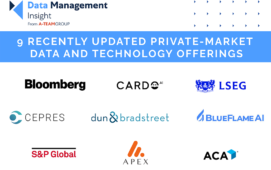
The UK Financial Conduct Authority (FCA) has released further arrangements for the orderly wind down of LIBOR at the end of the year. While the sterling, Japanese yen, Swiss franc and euro LIBOR panels will cease on 31 December 2021, the FCA says that to avoid disruption to legacy contracts referencing the 1-, 3- and 6-month sterling and Japanese yen LIBOR settings, it will require the LIBOR benchmark administrator, ICE Benchmark Administration, to publish these settings using a synthetic methodology. These settings will be based on term risk-free rates for the duration of 2022 and can only be used in legacy contracts.
The FCA will specify which legacy contracts are permitted to use the synthetic LIBOR rates before the end of this year. They have been created to provide a reasonable and fair approximation of what panel bank LIBOR might have been in the future. The synthetic rates will no longer, however, be ‘representative’ as defined in Benchmarks Regulation (BMR), and will become permanently unrepresentative of their underlying markets from 1 January 2022. The first non-representative publication under the synthetic methodology will be on 4 January 2022.
Edwin Schooling Latter, director of markets and wholesale policy at the FCA, says: “Market participants have made huge progress in moving away from LIBOR. New use of sterling, Japanese yen, Swiss franc, euro, and – with limited exceptions, US dollar – LIBOR will stop at the end of 2021. The publication of a synthetic rate for some sterling and Japanese yen LIBOR settings for a limited period will give market participants a bit more time to complete the transition of legacy contracts.”
ICE Benchmark Administration currently publishes 35 LIBOR settings covering sterling, US dollar, Japanese yen, Swiss franc and euro. As set out in an FCA announcement in May 2021, publication of 24 of these settings will cease at the end of 2021. Five US dollar settings (overnight, and 1-, 3-, 6- and 12-month) will continue to be published based on the panel bank LIBOR methodology, and on a representative basis, until the end of June 2023.
Subscribe to our newsletter





